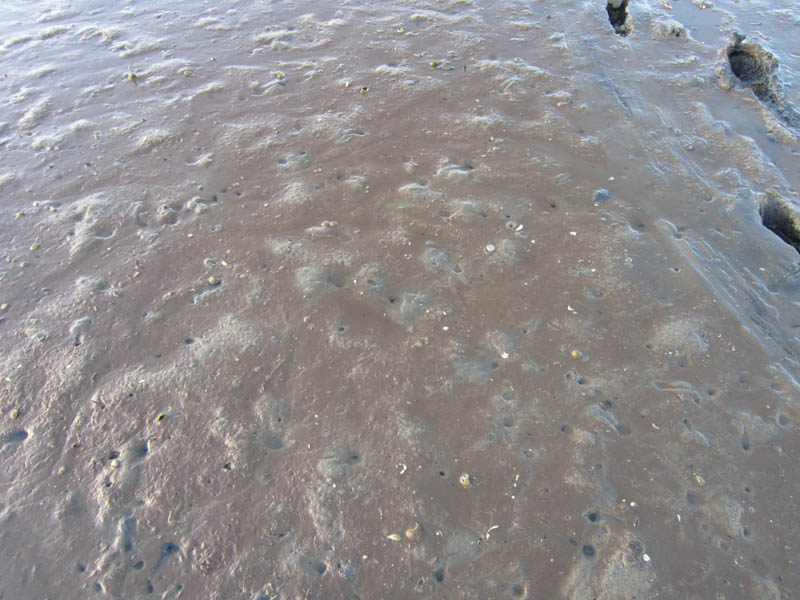Environmental Care Gallery
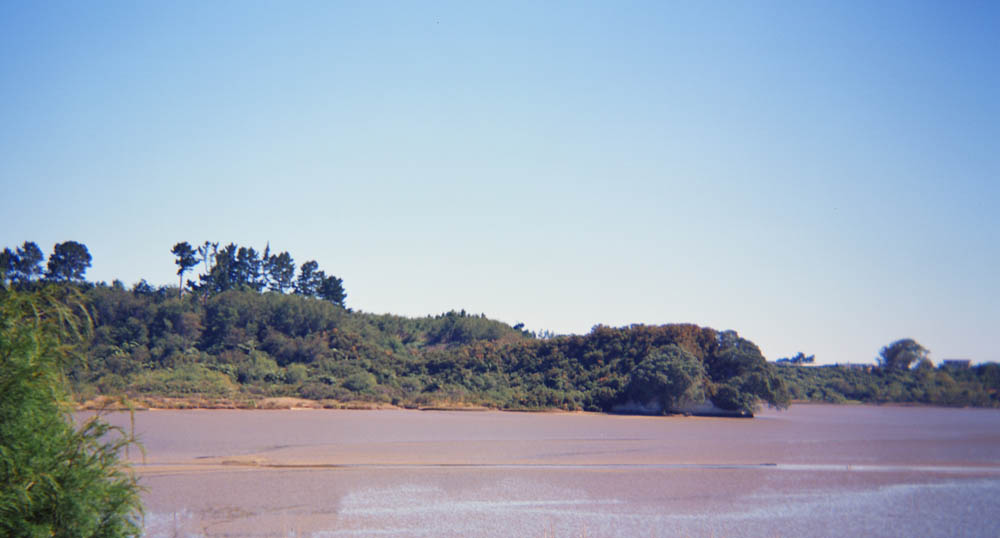
The above photo shows part of the Welcome Bay estuary in the 1970s. It is interesting to note that at the time of this photo, not a single minute of time was spent by anyone removing rubbish from the estuary! At the time of the photo no one knew that this estuary's days as a pristine environment were numbered. No one knew that all was to change abruptly and dramatically.
As earlier mentioned, the Welcome Bay estuary was from the late 1970s polluted with runoff, sediment, leaking sewage (all of which contributed to the spread of mangroves) and rubbish, and residents were very much on their own in trying to find a way to save their estuary. For my part, in response to this neglect, I made the decision to ‘adopt’ an area of about four acres of estuary adjacent to my family’s property (the red area on the map below).
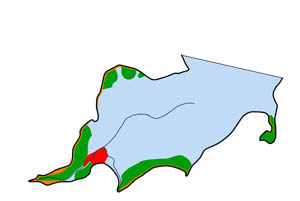
I resolved to remove the seedling mangroves and also the debris
and rubbish from this area and in so doing bring an abrupt halt to the
ever increasing area of rubbish-infested mangroves extending from the
Kaitemako stream mouth. Of course I was powerless to stop the
unacceptable amount of sediment entering this area of the estuary, the flow
of which neither TCC nor subsequently Regional Council seemed able to
stem. I was powerless to control the intermittent discharge of sediment,
often slimy and unhealthy to my untrained eye. I soon discovered, to my
horror, that I needed to spend between 35 and 40 hours a year just to
look after an 80 metre shoreline and about four acres of mudflat! I have now
spent a conservative average of 38 hours a year for 35 years (totalling
over 1300 hours) looking after this area, but even this has not been
enough. The cost of disposing of this material has been borne by me for
all but two of the past 35 years. (In about 2013 Toby Barach of TCC kindly
agreed to organise the removal of this material for me, and so save me
some cost, but within about two years higher powers within TCC decided
that it was not appropriate to help me, given that much of the material I
was extracting from the estuary was vegetative.)
Only this year did I disclose for the first time the scale of effort that I and my family have put into this estuary. However, from the moment in 2009 that waterside property owners discovered by chance that a large setback had been placed on their properties without their knowledge, I began to keep a photographic record of what I was extracting from this small portion of the Welcome Bay estuary shoreline and mudflats.
The following photos were taken between 2010 and 2016 and represent perhaps three-quarters of the material I have taken from the estuary during this time. While I accept that a large portion of the material shown in these photos comprises mangrove seedlings, it is my belief that the amount of debris and rubbish (as well as silt & sediment) entering this estuary is unacceptable and belies NZ’s clean and green image.
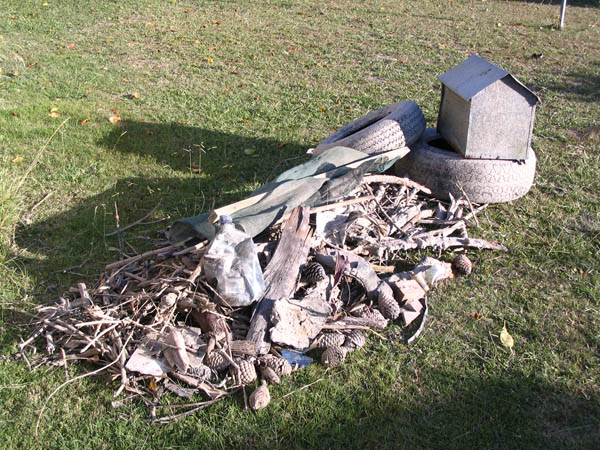
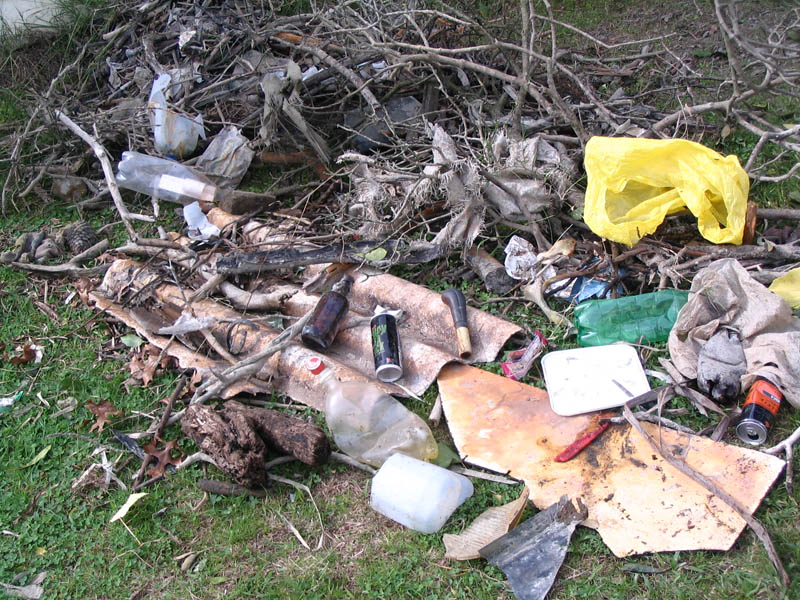
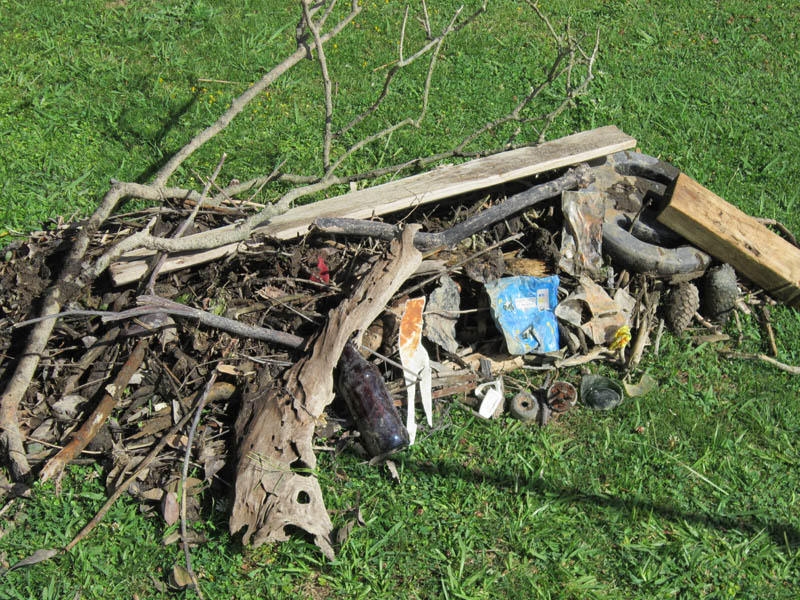
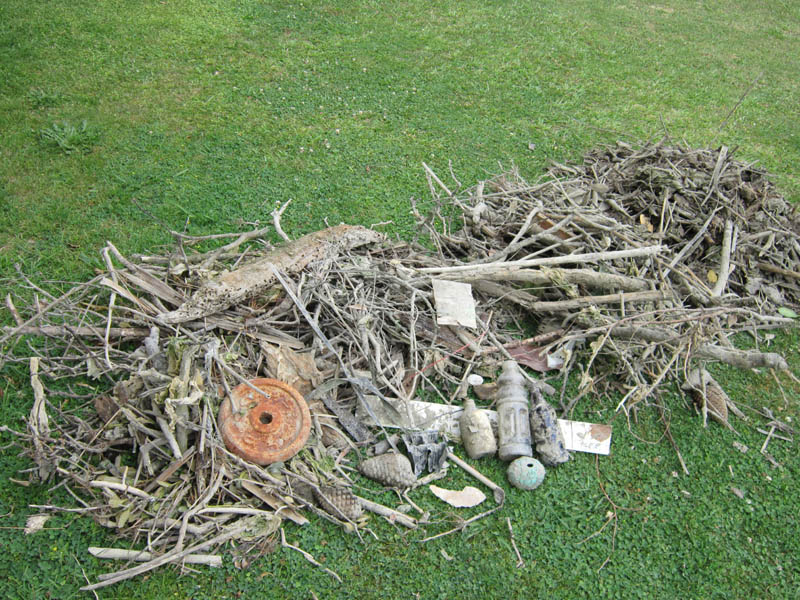
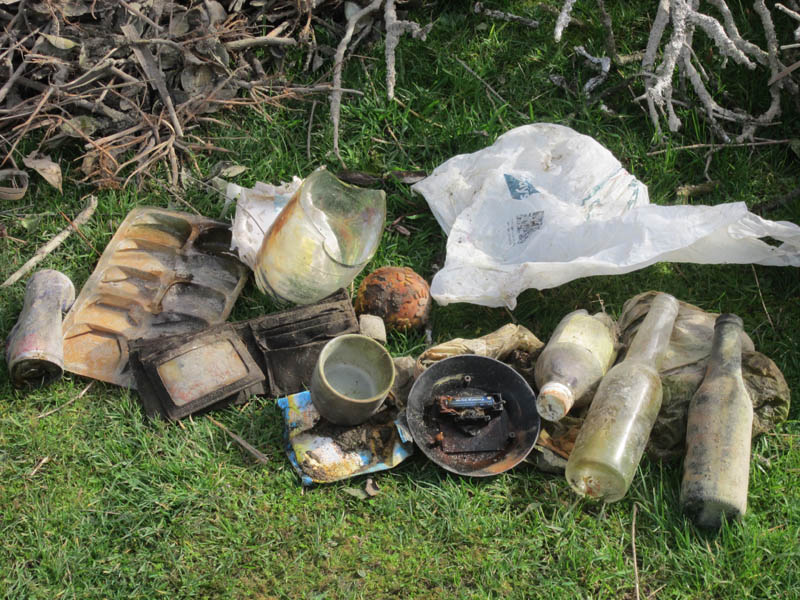
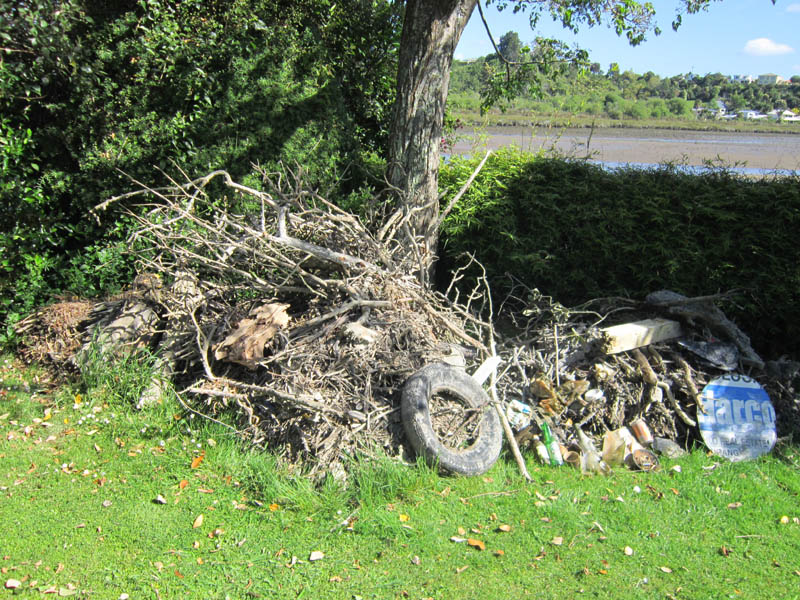
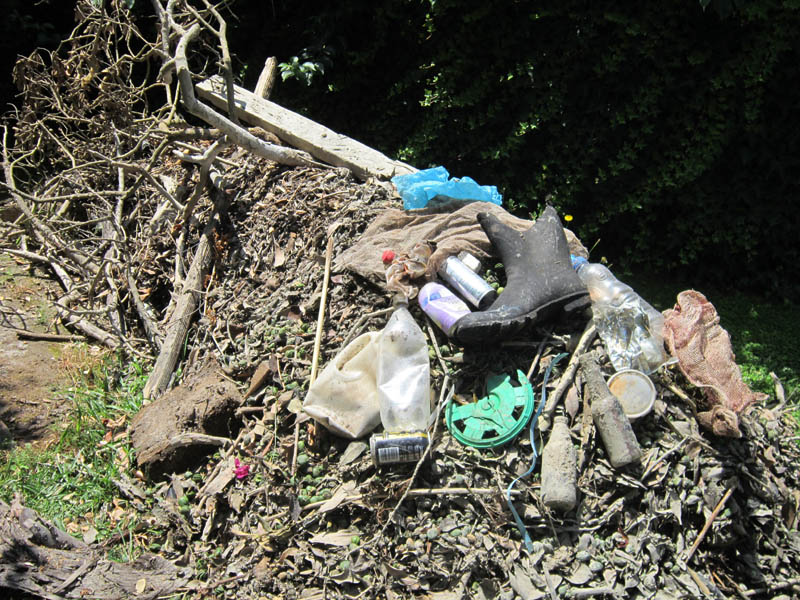
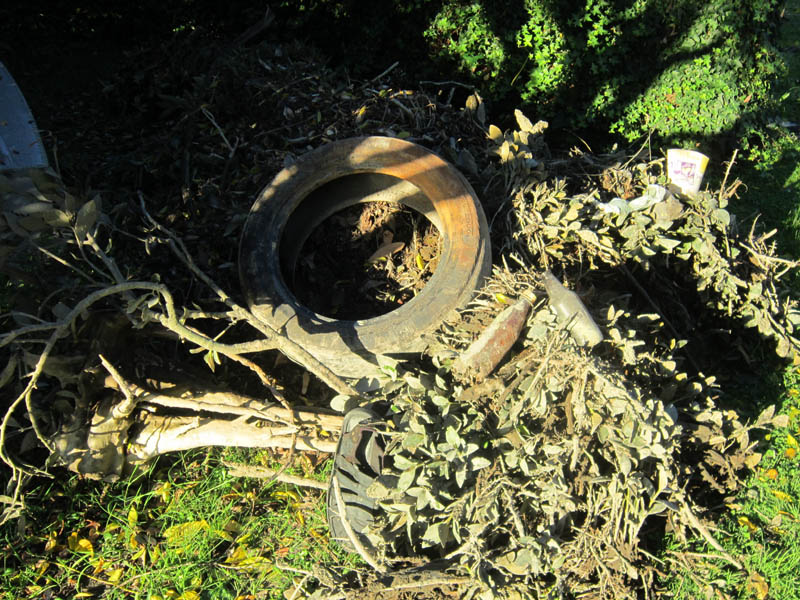
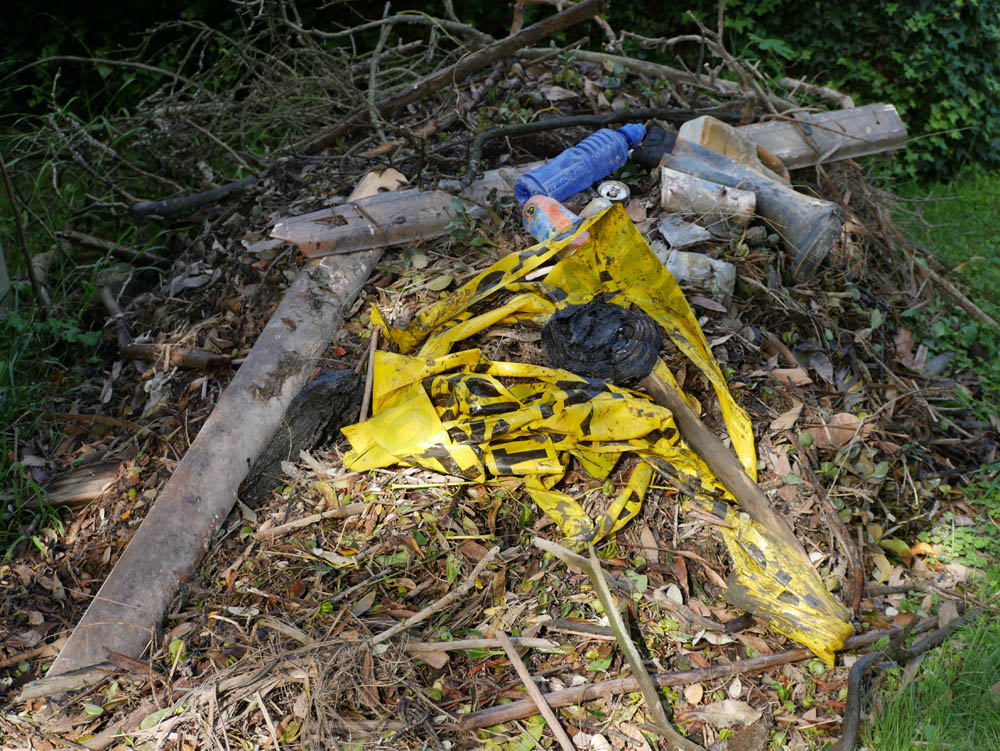
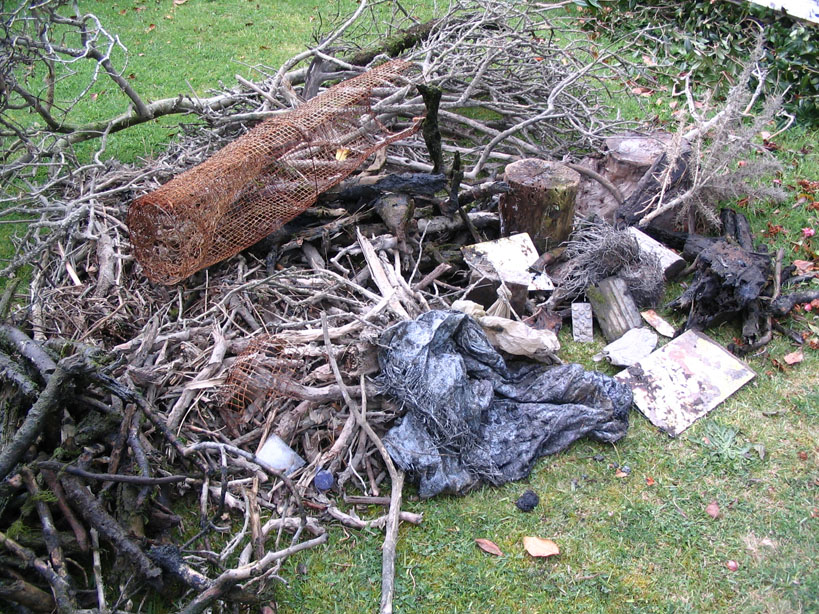
Today, after every storm or heavy rain the estuary is coated with sediment and littered with rubbish, yet neither Council, working independently or collaboratively, will attempt to install systems that will stem this flow at source, either upstream or at the mouth of streams. Thirty-eight hours of work per year can produce the following result:

However, this is a Sisyphean task as no sooner is the area groomed, than another dumping of rubbish and sediment takes place. The year 2016 has been the worst for the Welcome Bay estuary for thirty years, with three weather events (18-19 February; 28 May; 23-24 June)
causing much harm. The following two photos - compare to the photos above - are testament to the state of the Welcome Bay estuary in 2016, the last year of Mr Crosby's tenure as Mayor of Tauranga. The first shows the dumping of rubbish after just one weather event; the second shows the reddish brown silt that was spread across a very large area of the Welcome Bay estuary after the same weather event. Nor do these photos tell the whole story: it is heart-breaking that these three weather events dumped so much material in parts of the estuary that some rubbish has been buried too deeply to be extracted.

